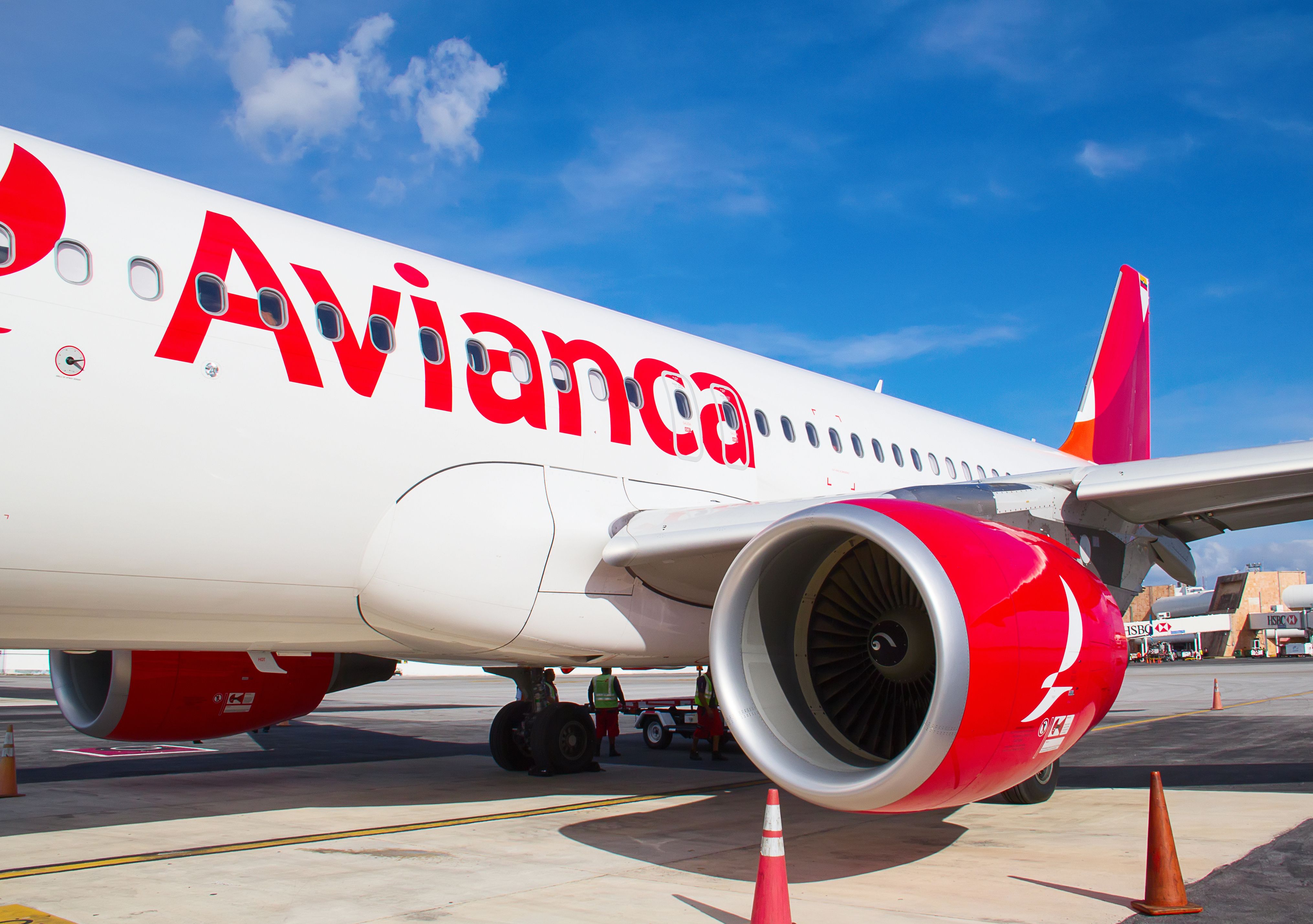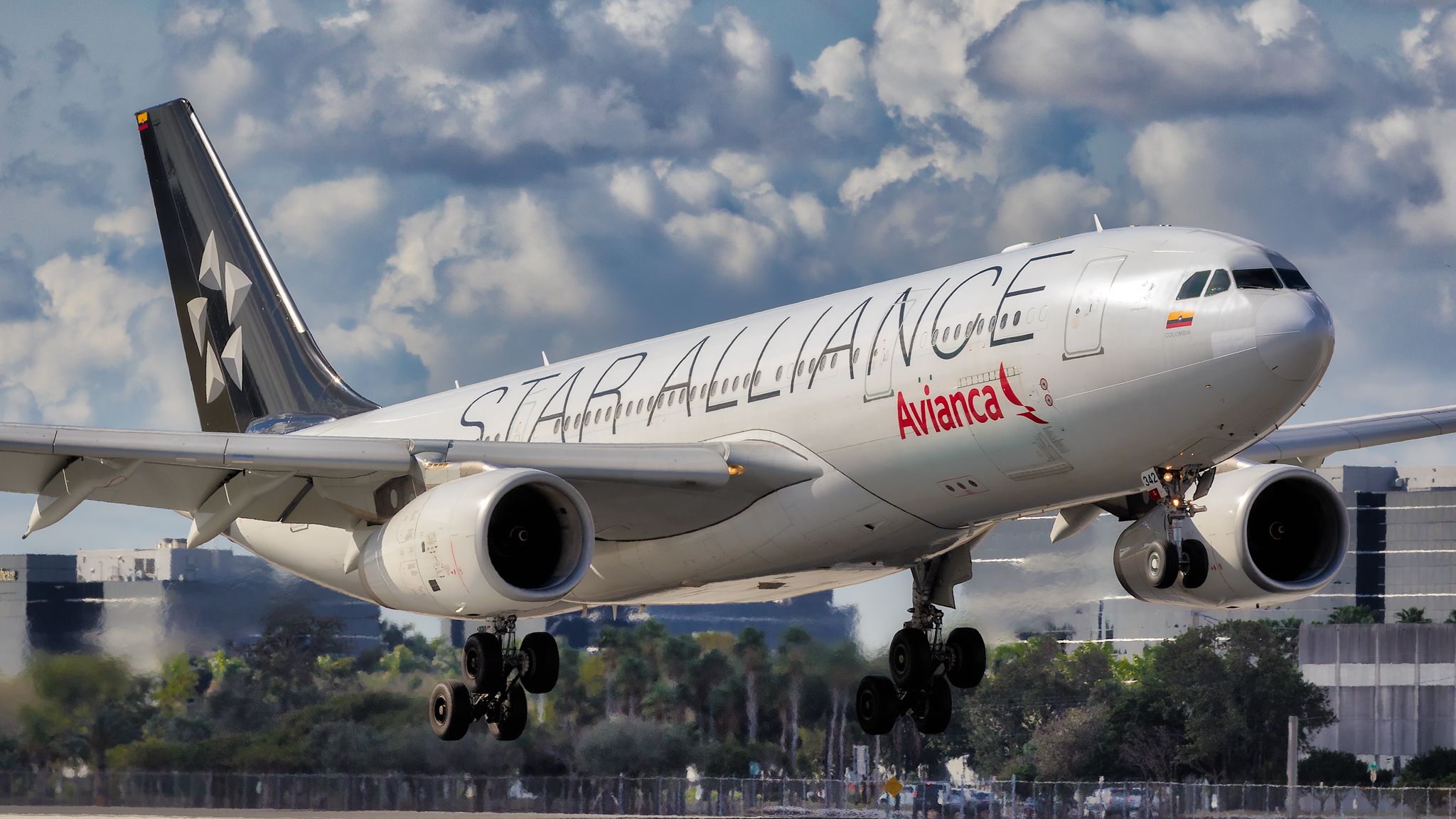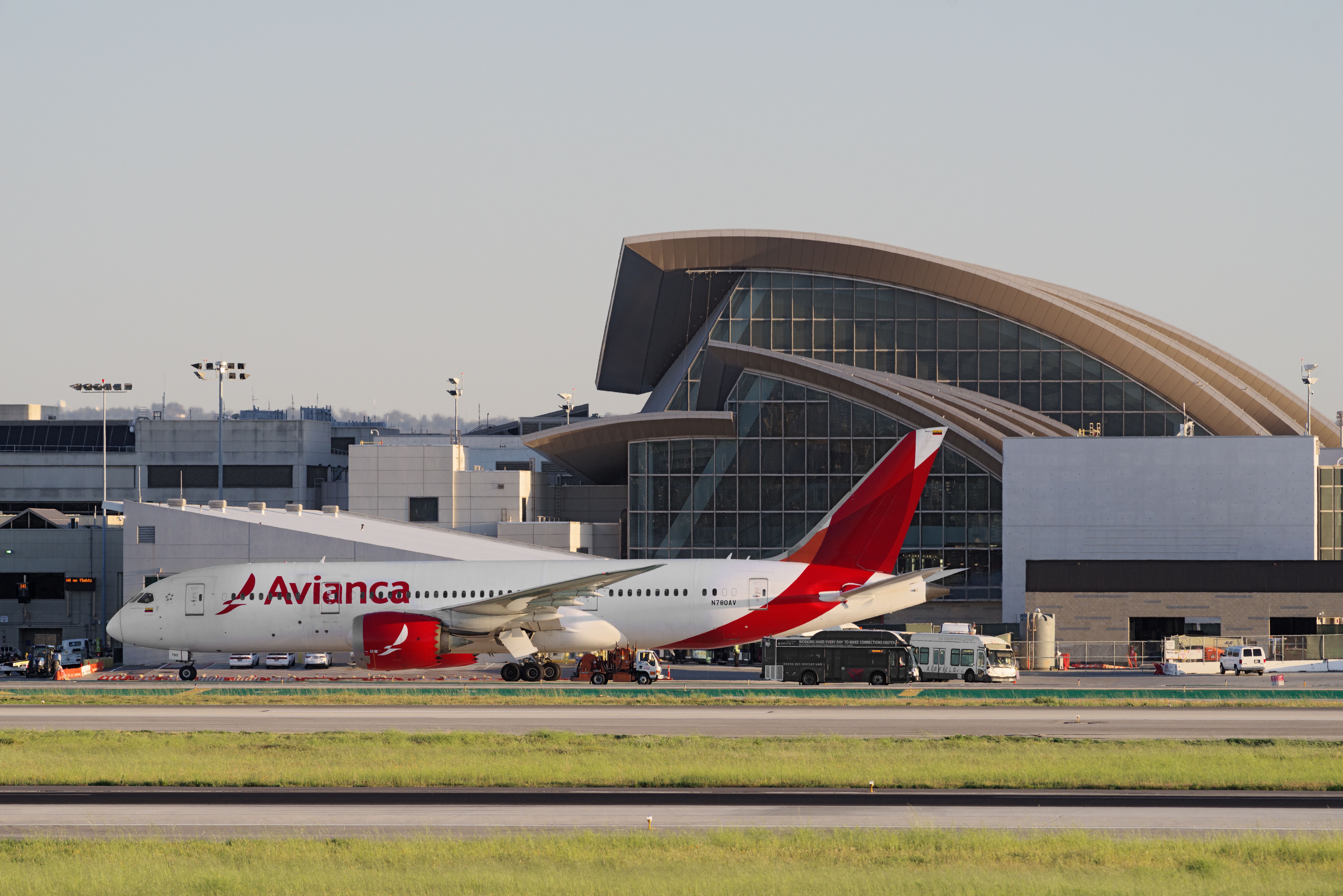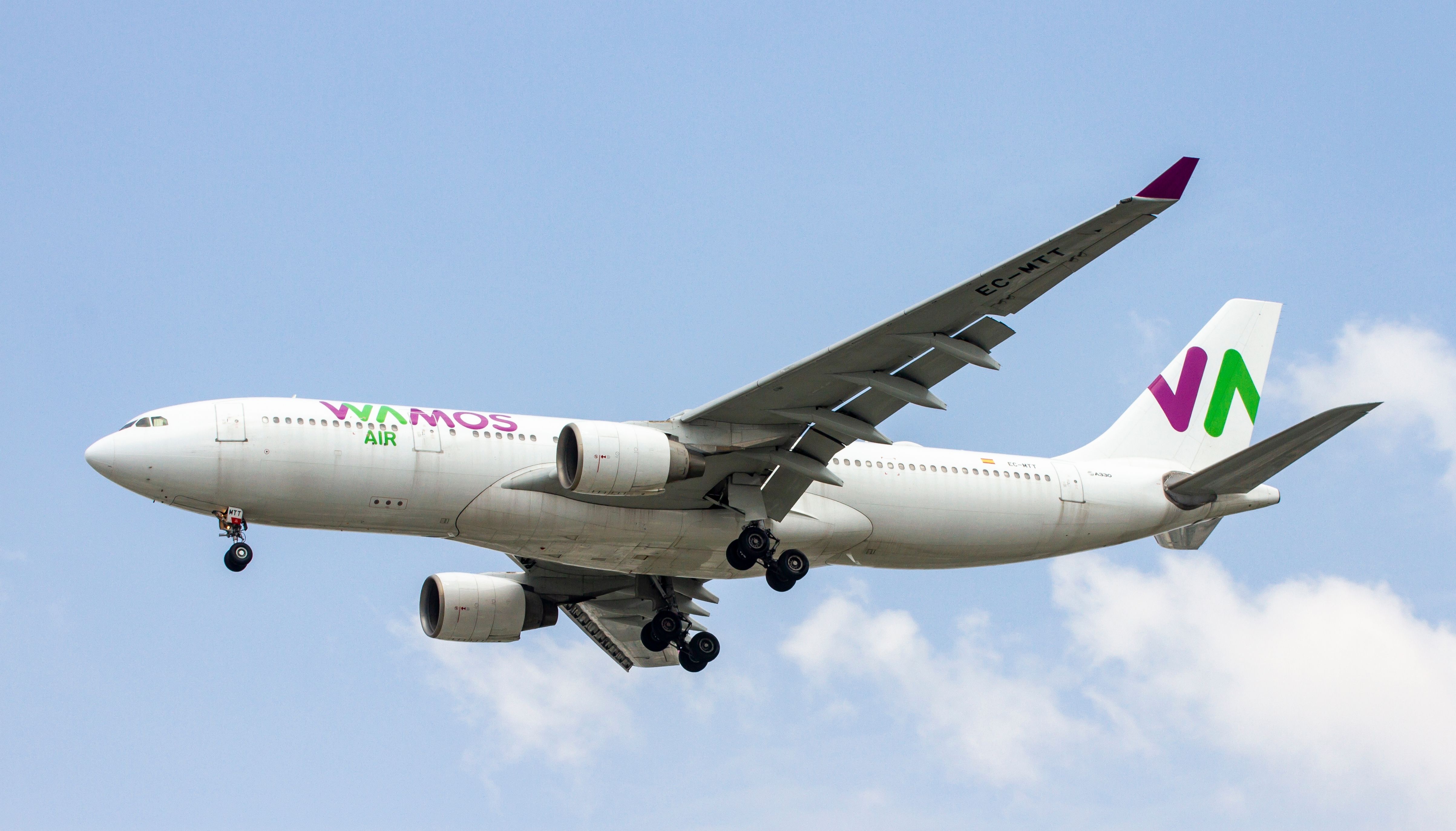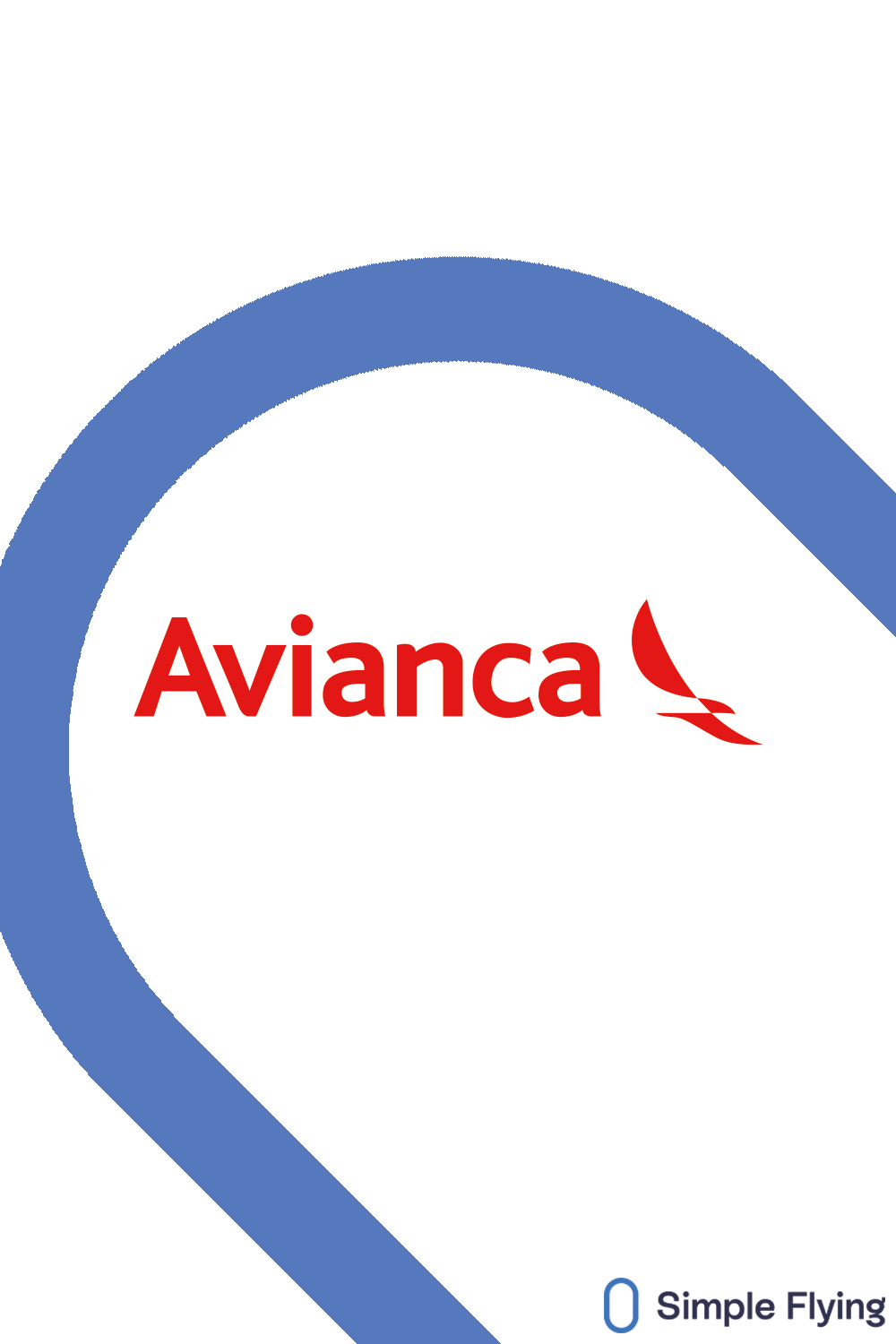Summary
- Avianca emerged from Chapter 11 bankruptcy and pursued a risky yet successful growth strategy post-pandemic.
- The airline aims for a 25% passenger traffic increase by 2024 with a hybrid model combining a hub-and-spoke and point-to-point strategy.
- Avianca’s route expansion includes launching new services to Paris, San Salvador, Montreal, and Madrid, marking successful developments post-Chapter 11.
In December 2021, Latin America’s avianca Group emerged again from its Chapter 11 bankruptcy proceedings and has since developed a risky yet successful growth strategy. The airline is one of the largest in South America, having transported 32.3 million passengers in 2023.
The COVID-19 pandemic threw avianca into a financial crisis, forcing it to file for Chapter 11 bankruptcy protection and close its Peruvian subsidiary, avianca Perú. Now, the airline is expanding, having just announced the launch of its new Bogotá to Paris and additional expansion elsewhere.
Entering Chapter 11 bankruptcy protection
In May 2020, avianca was forced to file for bankruptcy in the US Southern District of New York after travel restrictions and the consequent financial burden of the COVID-19 pandemic took a toll on the carrier’s overall stability. At the time, the airline had said that 88% of the countries to which it operated were either under total or partial travel restrictions, causing a shock to its passenger numbers.
Photo: Fedor Selivanov | Shutterstock
Inevitably, avianca was not the only airline to suffer from the COVID-19 pandemic. Airlines worldwide saw passenger numbers plummet and aircraft grounded as travel restrictions brought air travel to a relative halt. LATAM Airlines Group and Aeromexico also joined avianca in filing for bankruptcy the same year. In more recent news, Brazil’s GOL Linhas Aéreas also filed for Chapter 11 bankruptcy proceedings in January.
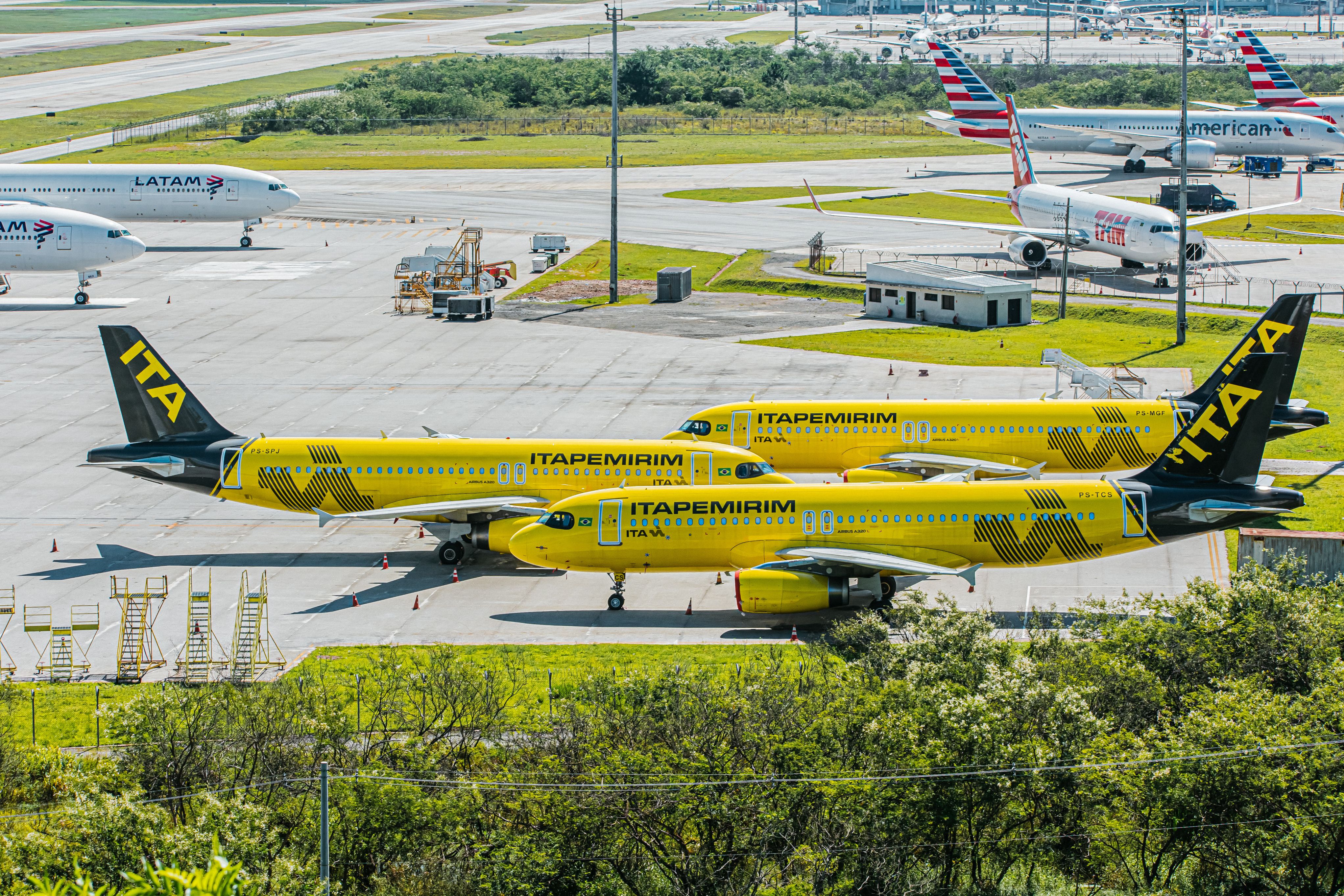
Eleven Airlines Have Gone Bankrupt In Latin America Since 2020
In 2023 alone, six airlines have gone bust.
Avianca was forced to reevaluate its business strategy and shut down its Peruvian subsidiary to “renew its focus on core markets.” The group dissolved the division and deployed its other airlines to service flights to and from Peru.
At the time, CEO Anko van der Werff said the following in a statement:
“Avianca is facing the most challenging crisis in our 100-year history as we navigate the effects of the Covid-19 pandemic. We believe that a reorganization under Chapter 11 is the best path forward to protect the essential air travel and air transport services that we provide across Colombia and other markets throughout Latin America.”
Staying competitive: the new avianca
Van der Werff’s successor, Frederico Pedreira, said in hindsight that the importance of the Chapter 11 proceedings was to ensure avianca remained competitive in the face of low-cost carriers. In an interview with FlightGlobal, he said:
“During the Chapter 11 process, it was clear that in order to exist, we would have to compete with Volaris, JetSmart, Spirit, Frontier, Ultra – all the low-cost players in the region.”
As such, the carrier was forced to cut costs and shift its business to cater towards the region’s middle class, disappointing many of avianca’s wealthier customers, Pedreira admitted. In a statement at the time of its emergence from Chapter 11 proceedings in December 2021, the airline said: “Affordable prices are more important now than ever.”
The carrier also said it would look to double its network over the three years that followed (ending December 2025), shifting its strategy towards point-to-point routes and streamlining its fleet with cheaper and denser cabins. Specifically, it committed $200 million to renewing its cabins, introducing lighter and smaller black-and-red seats on its A320s, and, in turn, adding more rows. This resulted in an approximate 20% increase in capacity on its narrowbody aircraft fleet. Fares were dropped to better compete with the low-cost airlines in the region, with additional amenities offered on a paid basis.
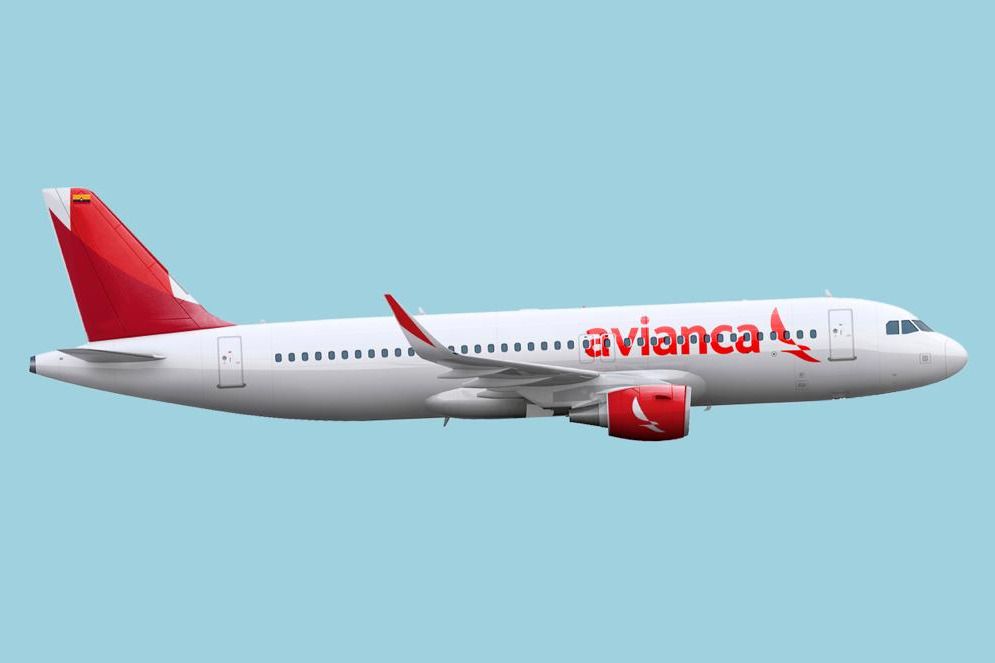
Avianca Unveils New Branding And Business Model
Is the airline a low-cost carrier now?
Furthermore, the carrier redefined its fleet: the retirement of its A330s and ATR 42s and 72s was an essential step in cost-cutting. It streamlined its fleet to just the Airbus A320 family for its short to medium-haul network and the Boeing 787 Dreamliner for routes further afield, including to Europe. Pedreira said:
“It made sense for us to maintain our widebody operation because it is profitable. Now we have this kind of hybrid model, where we have a hub-and-spoke out of Bogota with widebodies flying to Europe and our narrowbodies being competitive with Volaris, which in the region is our most direct competitor.”
Paris and the point-to-point strategy
Avianca’s hybrid model, comprised of a hub-and-spoke and point-to-point strategy, has worked well thus far. The airline says it will “continue taking risks” to increase its passenger traffic by 25% to hit the 40 million passenger mark in 2024.
Photo: Angel DiBilio | Shutterstock
At Routes Americas 2024, Pedreira was quoted by Aviation Week as saying:
“It was clear we had to start flying more point-to-point or else our network didn’t make a lot of sense. This point-to-point growth will continue, and we will continue taking risks. This means that in every 10 [routes] that we open, we expect that two or three won’t work.”
An example of this, he said, was San Jose to Caracas. The connection was suspended as it did not meet the carrier’s expectations. Pedreira says this strategy will nevertheless continue, in tandem with and separately from its hub-and-spoke model from Bogotá El Dorado International Airport (BOG).
As part of its international expansion from the Colombian capital city, avianca launched a new flight to Paris Charles de Gaulle (CDG). It previously operated this service until January 2001 and was studying the possibility of reopening the flight in 2007, according to a 2006 El Tiempo report. These plans did not materialize, but in 2019, the idea emerged once again. According to Aviacionline, the carrier presented its proposal to fly to Paris to Colombia’s Civil Aviation Authority (Aerocivil) but was hit by the COVID-19 pandemic and financial issues. Now, the plans have resurfaced, and reservations are open.
Flights will begin on July 3, 2024, with a Boeing 787-8 initially operating thrice weekly before increasing to five weekly from July 15, 2024. The airline will compete against Air France, which offers seven weekly frequencies with an Airbus A350-900 and is well-established in the market. Cirium data shows that in July 2024, 2,286 seats are available on the Air France side compared to 873 with avianca. Aviacionline says 114,156 passengers traveled with Air France on the route last year, representing an average load factor of 87%.
Expansion elsewhere
Avianca’s expansion does not stop there. This summer, new services between San Salvador and Montreal will be launched using Airbus A320s, complementing existing flights to the Canadian city from Bogotá, which began on Sunday.
Additionally, services between San Salvador and Madrid will continue this summer, operated by a leased Wamos Air Airbus A330-200 four times a week as of June 15. Wamos Air has already operated this flight on behalf of avianca during this winter season up until mid-January, Flightradar24 data shows. Avianca is also employing Wamos Air to offer a flight from San Salvador to Los Angeles as of the same date three times a week, according to AeroRoutes.
Photo: Duc Huy Nguyen/Shutterstock
The latest expansion follows a successful 2023, during which the airline transported 32 million passengers and opened 18 new routes. This brought its total number of routes at the year’s end to 147. Separately, Cirium had also ranked avianca as the most punctual airline in the world for 2023. Pedreira concluded:
“2023 was a historic year for us: we reached the highest numbers of passengers transported in Avianca’s history, as flying with Avianca is more accessible today due to the company’s competitive prices, which have remained stable relative to pre-pandemic levels in spite of the challenging macroeconomic environment.”
What do you think about avianca’s change in strategy? Have you flown on them recently? Let us know in the comments below.

